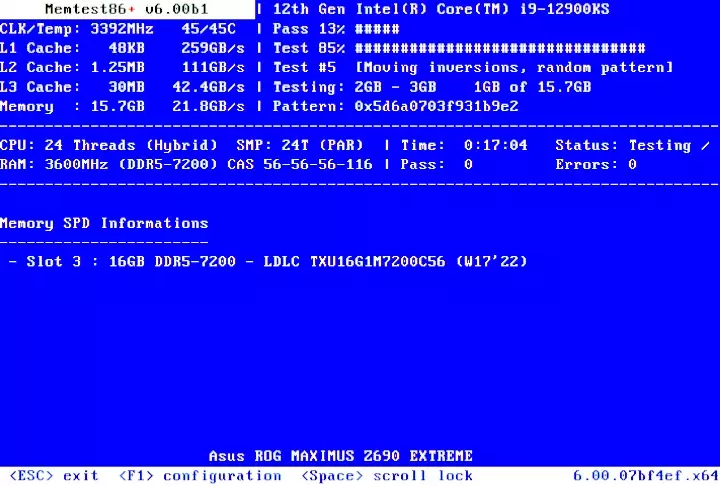The Importance of Secure Boot in System Security

Introduction to Secure Boot
In today’s digital landscape, ensuring the security of devices is paramount. One significant innovation that fortifies system integrity is Secure Boot. This feature prevents unauthorised software from running during the booting process, safeguarding devices from various risks including malware and rootkits. With the increasing threats in cyberspace, understanding Secure Boot and its relevance has become essential for both consumers and industry professionals.
What is Secure Boot?
Secure Boot is part of the Unified Extensible Firmware Interface (UEFI) specification, which replaces the traditional BIOS system that computers have used for decades. When a device is powered on, Secure Boot verifies that the code it loads during the boot process is from a trusted source. If the firmware detects any unauthorised changes, the device will not load the operating system, effectively blocking potential breaches.
How Secure Boot Works
Upon startup, Secure Boot checks the digital signatures of critical files and components. If the signatures match the approved keys stored in the firmware, the device boots normally. However, if a discrepancy is found, the boot process is halted, preventing potentially harmful software from loading. This verification extends beyond just the operating system; drivers and other critical components are also scrutinised, ensuring a robust line of defence.
Recent Developments and Events
As cyber threats evolve, manufacturers are continuously enhancing their Secure Boot implementations. Notable examples include recent updates from major players like Microsoft and Apple, who have integrated more stringent security protocols for their devices. Furthermore, the growing demand for IoT (Internet of Things) devices has prompted discussions around implementing Secure Boot in various connected gadgets, which may increase vulnerabilities if not properly safeguarded.
Conclusion: The Future of Secure Boot
In conclusion, Secure Boot represents a critical component in today’s security landscape, providing a first line of defence against threats to computing devices. As technology continues to evolve, the importance of Secure Boot is likely to grow, especially with the increasing transition towards cloud computing and the Internet of Things. Users and manufacturers alike must remain vigilant, ensuring that Secure Boot remains implemented and updated to combat new cybersecurity threats effectively. As our reliance on technology deepens, understanding and implementing security measures like Secure Boot will be essential in protecting our digital environments.









